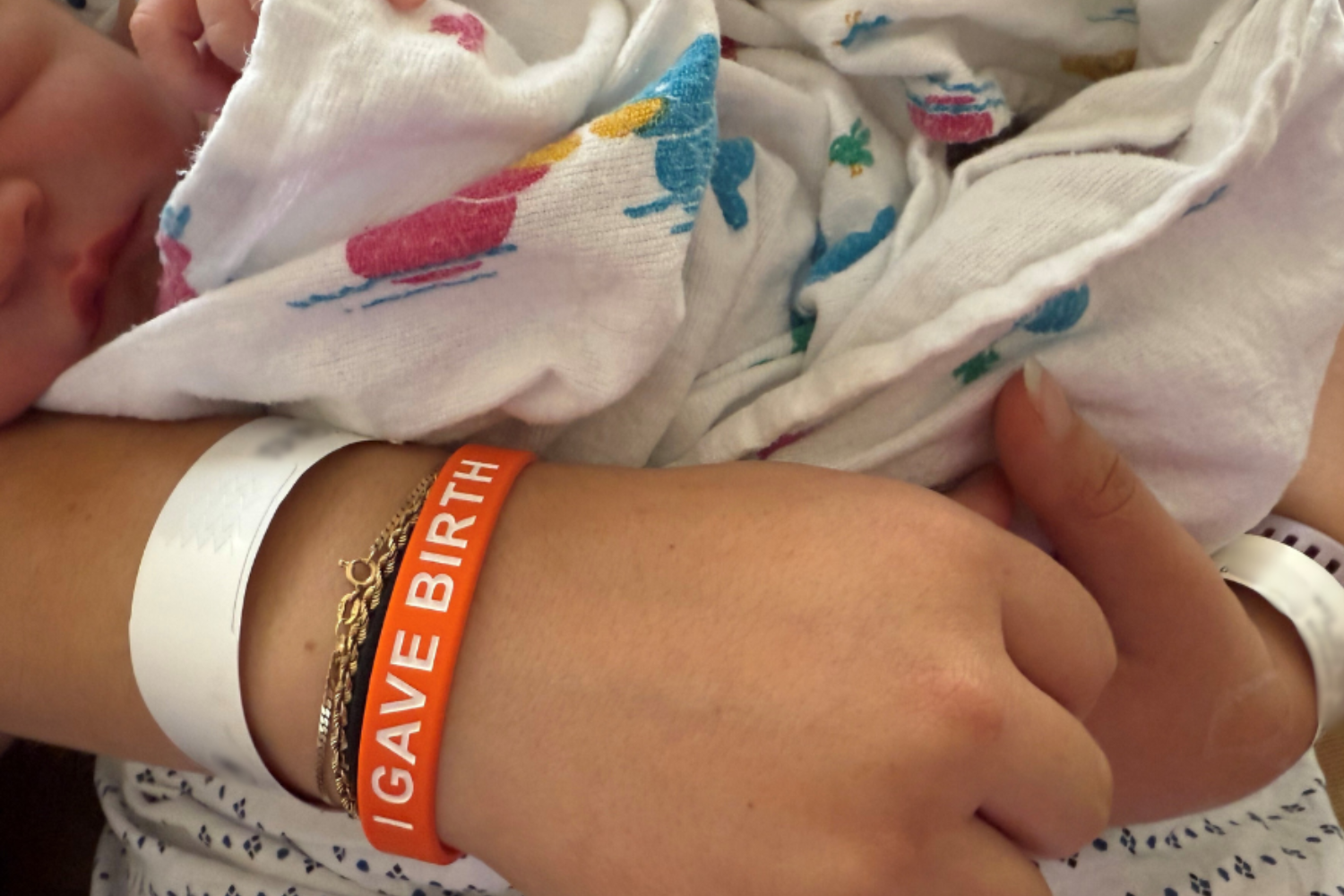In 2022, nearly 50,000 Americans died by suicide, making it the 11th leading cause of death in the country – and the second leading cause of death among people aged 10-14 and 25-34. September is National Suicide Prevention month, when health care providers, advocates, survivors, educators and others work to change public perception on the topic and offer hope for people struggling with suicidal thoughts. Dr. Neha Jain, Associate Professor of Psychiatry at UConn Health, recently spoke with UConn Today about common misconceptions on suicide, what warning signs to look out for, and how to find help.
Q: What has been the effect, if any, of the pandemic on what we’ve seen in terms of the problem of suicide?
As mental health providers, we were all very concerned that the pandemic would lead to an increase in rates of suicide. But what we found, interestingly, is that, during the initial period of the pandemic, suicide actually decreased. And this was attributed to people coming together during a moment of crisis: a lot of people moved back home; there were a lot of campaigns about mental health awareness; there was a push to increase access to mental health services. People were spending more time with their families, so there was less social isolation. We did not see an increase in suicide. If anything, the rates reduced a little bit, though I will say that reduction was driven mostly by white persons and less so amongst populations of color. But by 2022 the rates increased again, and reverted back to the trend we had been observing before the pandemic.
Q: In general, what kind of factors might make the risk of suicide higher for someone?
I think of suicide risk factors as falling into two broad categories: first, factors that we cannot change, and then factors that are modifiable, that we can change. For example, male gender has always been a risk factor for suicide. People who are single,divorced or widowed, certain age groups like adolescents and young adults, and adults over the age of 65, are at high risk. In our profession, we tend to focus more on modifiable factors; things like a history of suicide attempts, a history of mental illness or substance use, social isolation, loneliness, limited economic means or economic insecurity, chronic pain and physical illness. Those are all risk factors for suicide that can be modified or treated.
Q: One thing we hear from students is they want to know what warning signs are. They want to know when it’s appropriate to intervene. But there seems to be a lot of, especially on social media, a lot of contrasting information about that, or misinformation, as it might be. So, what are some warning signs that people should look for?

For students, I would say really any marked change in behavior is a potential warning sign. It can be a big change in eating or sleeping patterns. It can be somebody just talking about wanting to die, feeling hopeless, feeling more depressed, talking about feeling shame or guilt, talking about being a burden to others. It can be completely withdrawing and not interacting with people anymore. Also, an increase in anxiety, increase in anger or agitation can be a clue. If a person is describing a lot of emotional or physical pain that they cannot bear, that can be a warning sign. And then there are things that you might notice in terms of behavior, for example, if somebody is doing anything that could be considered research about methods of suicide or making preparations for death. Some of those preparations might include giving away important things, writing “goodbye” letters, doing dangerous things like driving fast, drinking heavily, or substance use. All of those can be warning signs. That being said, sometimes suicides can happen with no warning signs at all. So, it is also important to realize that a person may look and act just fine, but they may be feeling something that is not visible on the outside.
Q: Younger people seem more willing in general to talk about their mental wellness, certainly more so than people of my generation. But is there still a stigma around the topic of suicide? Are people still reluctant to discuss it, for fear they might upset or even trigger someone?
Absolutely. I think there are lots of different things that play into that, in addition to the stigma in general around suicide. Some people are just too worried to ask – you know, “What if I ask if this person is thinking about suicide, and they say yes. What am I going to do then?” There is also this concern that somehow asking about suicide may actually make a person more likely to commit suicide, and I want to emphasize that isn’t true. So, you should not feel afraid to ask about suicide if you’re worried about it.
Q: Can you talk about what “suicide contagion” is and how it can be prevented?
Suicide contagion is exactly what it sounds like, where the suicidal behavior or suicide of one person then influences others to commit or attempt suicide. That effect does seem to be stronger in adolescents and young people, and there have been a lot of well-publicized clusters, particularly if there is a celebrity who commits suicide or attempts suicide. It will often lead to a contagion cluster, and not necessarily in the same geographical area, obviously, because the news can be read anywhere. It’s important to realize that people will talk about suicide if there is a suicide. It will be reported in the media. It doesn’t help to brush away or hide a suicide, but suicide contagion is real, and it’s not so much the actual suicide as how it is portrayed that can affect the contagion behavior. So, if a suicide is presented in a sensationalistic way, there can be a kind of excitement around it. In a 24-hour non-stop news cycle, there will be a lot of description, a lot of drama and, and it may be presented as a strategy: “This person was so unhappy, this was their only way out.” Sensational reports can downplay the person’s struggles, downplay the stress or the substance abuse, or other negative experiences they were dealing with. Suicide can and should be reported on, but doing it in a fact-based manner, understanding that it is often a lot more complicated picture than it seems on the surface, is the responsible way to do it.
Q: What are some common misconceptions people have about suicide?
The big one that I see is, again, the idea that talking about it or asking somebody about it will make them more likely to attempt suicide. I do not think that is true. I think there is also this idea that, “Oh, this person looks just fine. How could they end their life?” But a person may be able to hide a lot of depression, a lot of conflict, a lot of stress. If you’re worried about your friend, asking them about it and talking about it can be very helpful, so we shouldn’t hesitate.
Q: That segues perfectly into what might be the most important question: if someone is concerned that a family member, friend, or loved one might be contemplating suicide, what should they do?
Don’t hesitate to talk, even if you’re not completely sure about what they are planning or contemplating. You can always offer them the crisis lifeline information. The phone number for the suicide crisis Lifeline is 988. They can call that number to talk to a crisis worker. They can also contact the crisis text line, which is often preferable to people, and for that you text TALK to 741741. Don’t hesitate to offer this information to anybody that you think is struggling. Don’t be afraid to put this information out there where everybody can access it. If you feel that there is a life-threatening situation, you can always call either 911 or 211, which is the mental health helpline in Connecticut. The CT suicide advisory board has some useful resources at https://www.preventsuicidect.org/ Finally, I think it is always better to reach out and offer help, or ask for help.
If you are struggling with severe depression or suicidal thoughts, UConn Health and its psychiatry experts urge you to alert your psychiatric provider immediately. If you do not have a provider, get help by calling: 9-1-1, 2-1-1, or the national Suicide & Crisis Hotline 988, or visit your nearest Emergency Department where health care providers are always standing by to help you stay safe.



